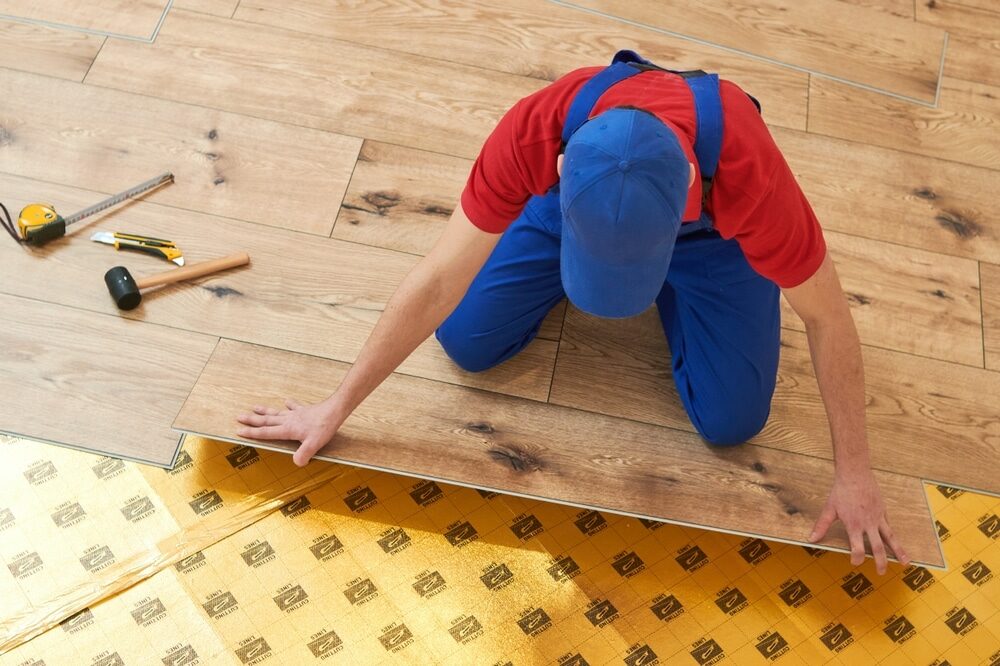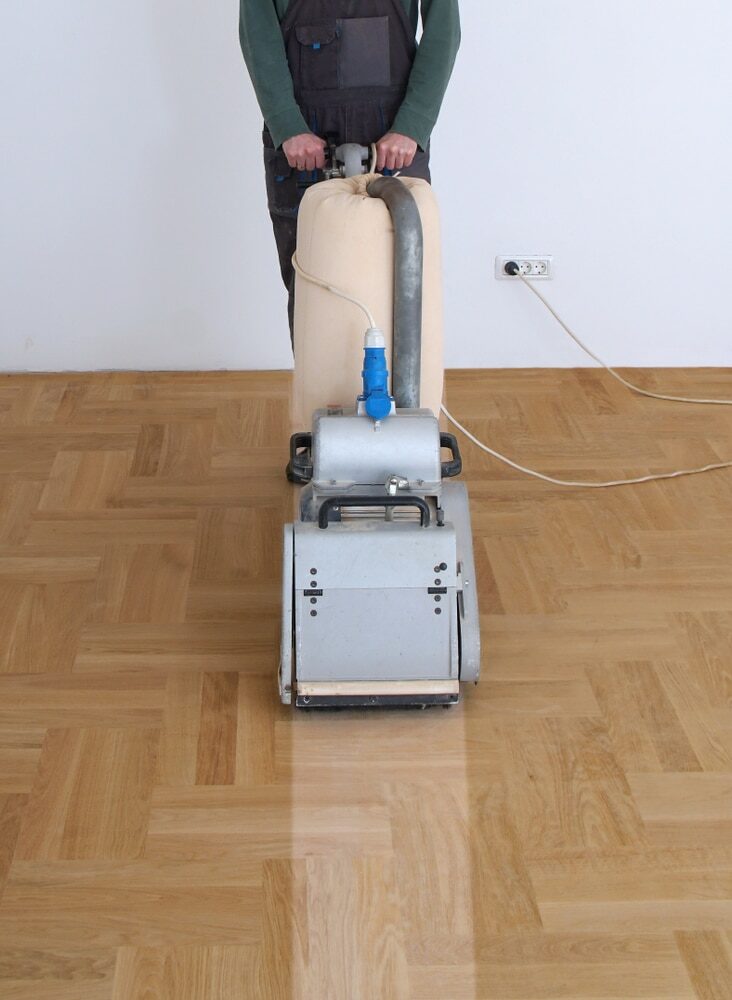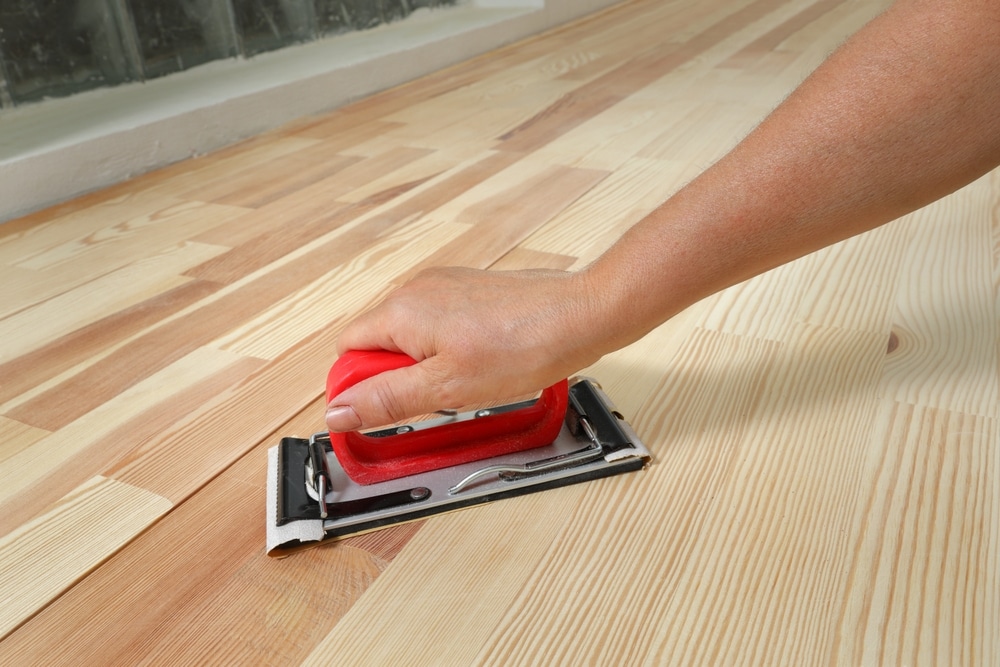London:
Nationwide:
From Shabby to Chic: Unleashing the Charm of British Homes through Floor Sanding – Navigating Brexit, Inflation, and Global Turmoil while Embracing Cozy Comfort in Challenging Times
Posted on March 2, 2024
Wood Floor Sanding
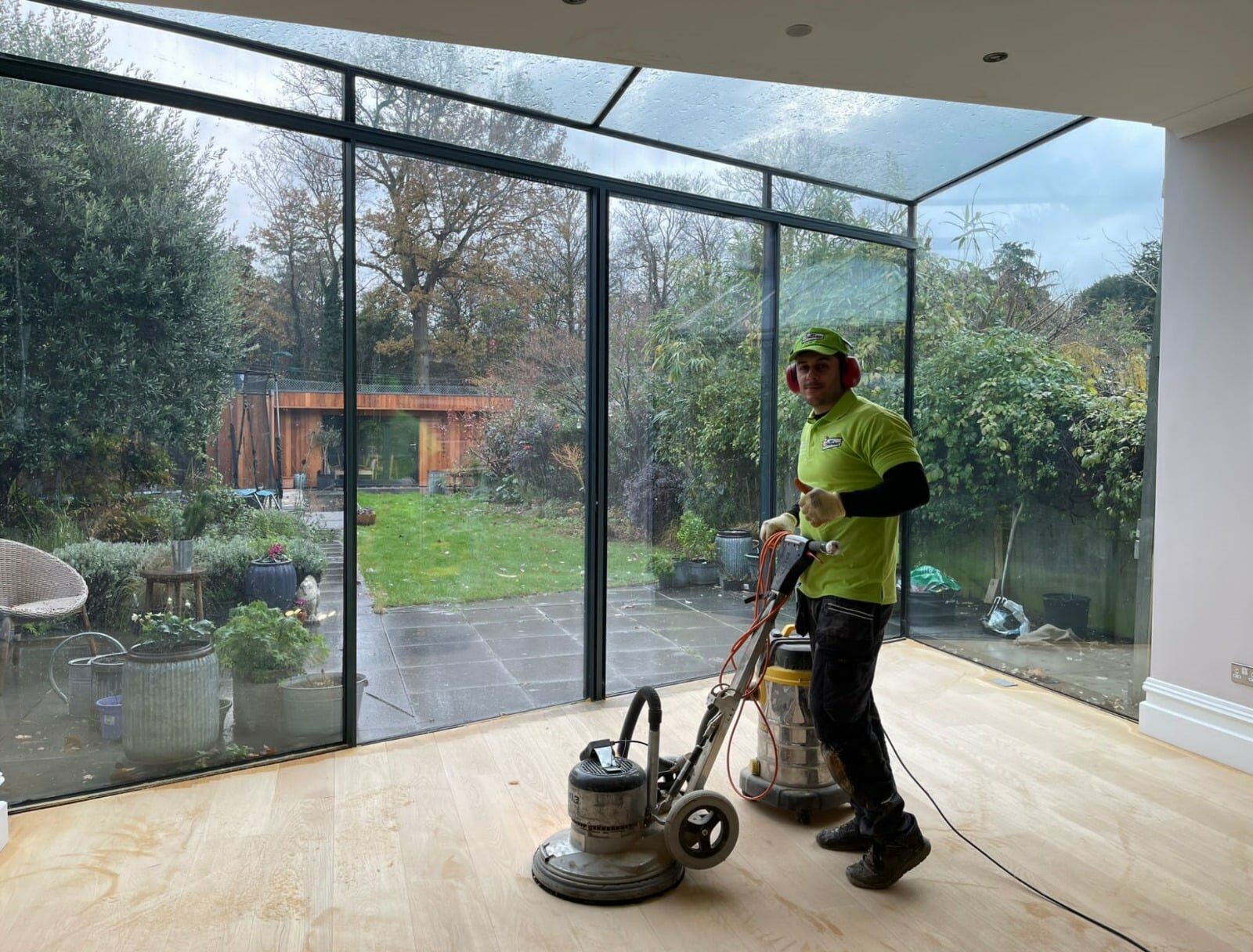
Unleashing the Charm of British Homes: Floor Sanding in Times of Change and Comfort After Brexit
In the heart of every British home lies a story of enduring charm and resilience, a narrative that has become all the more poignant in the face of Brexit, economic inflation, and global uncertainty. “From Shabby to Chic: Unleashing the Charm of British Homes through Floor Sanding – Navigating Brexit, Inflation, and Global Turmoil while Embracing Cozy Comfort in Challenging Times” delves into the transformative power of floor sanding, a seemingly simple yet profoundly impactful practice that breathes new life into the wooden floors that underpin our living spaces. As we navigate these turbulent waters, this article explores how the timeless act of floor sanding not only rejuvenates the physical aspect of our homes but also serves as a metaphor for resilience, sustainability, and the warmth of cozy comfort that British homeowners are increasingly seeking. In the face of challenges, this is a tale of how tradition meets innovation, bringing out the inherent beauty of our homes and making them a sanctuary in uncertain times.
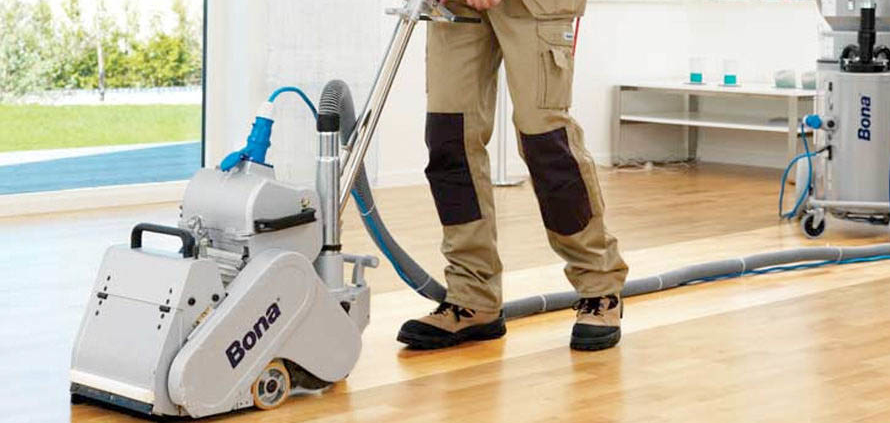
The Timeless Appeal of British Homes
The timeless appeal of British homes lies in their unique blend of historical elegance, architectural diversity, and an innate charm that evokes a sense of comfort and tradition. From the grandeur of Victorian and Edwardian terraces to the quaint cottages dotted across rural landscapes, British homes carry an aesthetic that is both deeply rooted in history and remarkably adaptable to contemporary design trends.
At the heart of British interior design is the celebration of character. Be it through the preservation of original features such as fireplaces, exposed beams, and sash windows, or the incorporation of antique furnishings and vintage decor, there’s a keen emphasis on creating spaces that feel both personal and timeless. This approach not only honors the architectural heritage of the property but also allows homeowners to inject their personality into their living spaces, making each home distinctively unique.
However, the charm of British homes is not merely cosmetic. It is deeply intertwined with the fabric of daily life, offering a cozy refuge that combines practicality with aesthetic appeal. The concept of “home” in Britain extends beyond the physical structure to embody a sense of warmth, security, and belonging. This is perhaps best exemplified in the traditional British living room, often designed to be a cozy gathering space for family and friends, replete with comfortable seating, warm lighting, and soft textiles.
In recent times, the allure of British homes has faced challenges from external factors such as Brexit, inflation, and global turmoil. These challenges have impacted everything from material costs to labor availability, influencing how homeowners approach renovation and decoration projects. Despite these hurdles, or perhaps because of them, there has been a renewed interest in making homes more comfortable and inviting. This has led to a resurgence in traditional craftsmanship and sustainable practices, as well as an embrace of trends such as floor sanding, which revitalizes the natural beauty of wooden floors, enhancing the home’s warmth and character.
The process of transforming British homes from shabby to chic, especially through techniques like floor sanding, is not just about aesthetic improvement. It’s a testament to the resilience and adaptability of British homeowners, navigating through uncertain times while holding onto the essence of what makes their spaces truly home. In doing so, they continue to unleash the charm of British homes, ensuring they remain timeless sanctuaries of comfort and style.
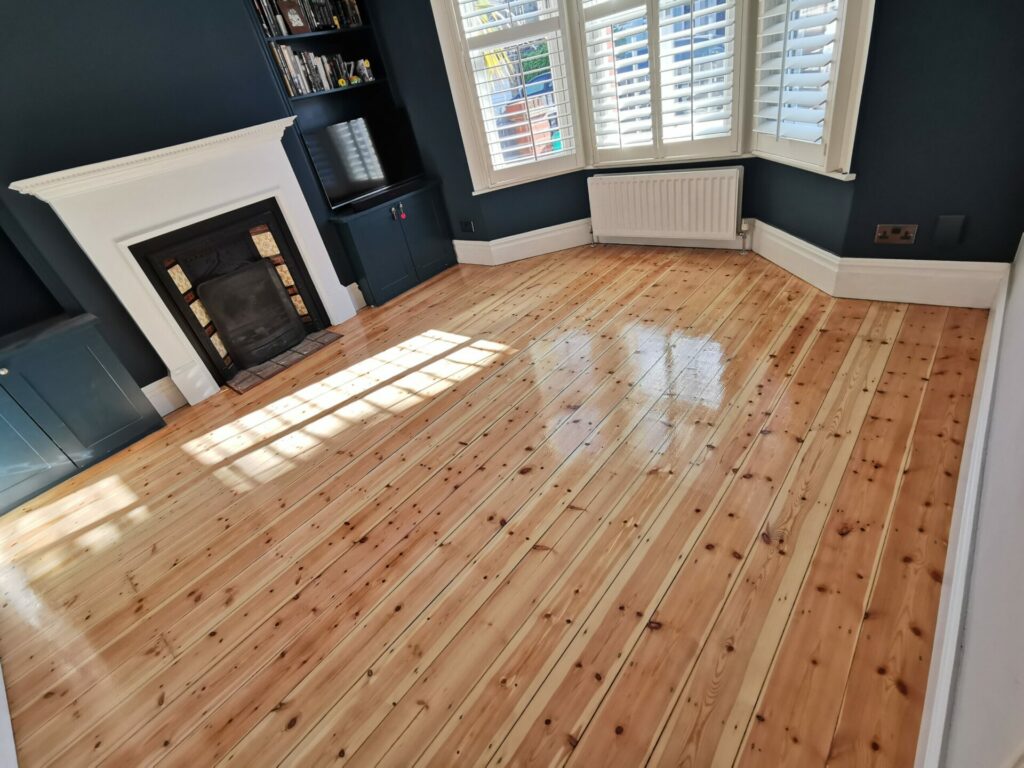
The Magic of Floor Sanding: A Transformation Journey
The process of floor sanding, often perceived as merely a step in home renovation, holds a transformative power that can elevate the aesthetic and functional value of British homes in a profound way. This journey from shabby to chic not only revives the appearance of wooden floors but also uncovers the hidden charm and character of a home, making it an essential practice in the pursuit of creating a warm, inviting, and visually appealing living space.
Understanding Floor Sanding: What It Entails
Floor sanding is a meticulous process that involves the removal of the top surfaces of a wooden floor by sanding with abrasive materials. It’s typically done to remove old finishes, such as paint or varnish, and to smooth out any imperfections or wear and tear that have occurred over time. The process can breathe new life into old, tired flooring, revealing the natural beauty of the wood beneath and preparing it for refinishing.
The transformation journey begins with assessing the condition of the floor and choosing the right grade of sandpaper to start with. It involves multiple stages of sanding, starting with coarser grits to remove the bulk of the imperfections and gradually moving to finer grits to achieve a smooth finish. Each step is crucial, as it ensures that the floor is evenly sanded, free of damage, and ready for the application of stains or sealants.
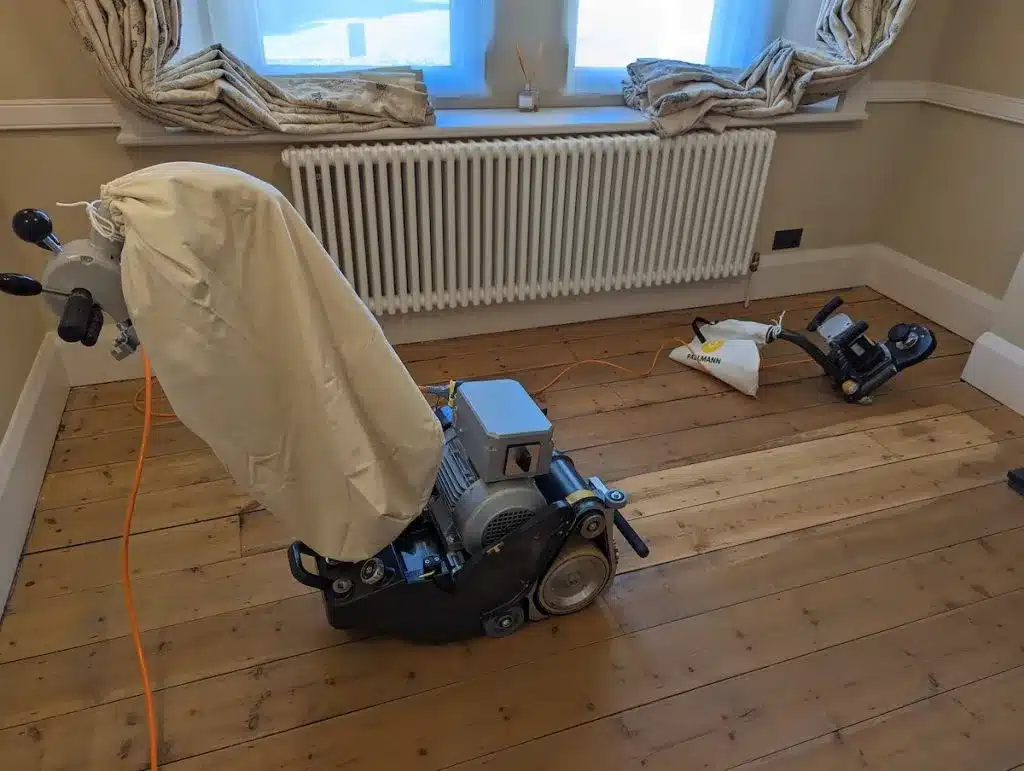
The Benefits of Floor Sanding for British Homes
1. Restoration of Natural Beauty: Floor sanding strips away years of wear, dirt, and old finishes, uncovering the wood’s original grain and colour. This restoration of the floor’s natural beauty can dramatically change the appearance of a room, making it feel brighter and more spacious.
2. Increased Durability: By removing the damaged surface layer and applying a new finish, sanded floors are more resistant to wear, spills, and stains. This not only extends the life of the flooring but also makes it easier to maintain and keep clean.
3. Enhanced Home Value: Beautifully maintained wooden floors are a sought-after feature in British homes, adding to the property’s aesthetic appeal and market value. The investment in floor sanding can pay off significantly in terms of both personal enjoyment and financial return.
4. Health Benefits: Carpets can harbor dust mites, allergens, and bacteria, contributing to poor indoor air quality. Wooden floors, especially those that are well-maintained, offer a healthier living environment by reducing the accumulation of these irritants.
5. Versatility in Decor: The timeless elegance of wooden floors provides a versatile foundation for any decor style, from traditional to contemporary. The neutral backdrop allows homeowners to experiment with different furnishings and colour schemes, enabling personal expression and easy updates to the interior design.
The magic of floor sanding in British homes lies not just in the transformation of the floors themselves but in its ability to enhance the overall charm and character of the home. It’s a journey that pays homage to the craftsmanship and heritage of British architecture while embracing the needs and aesthetics of modern living. As such, floor sanding is more than a renovation task; it’s a celebration of the enduring beauty and resilience of British homes.
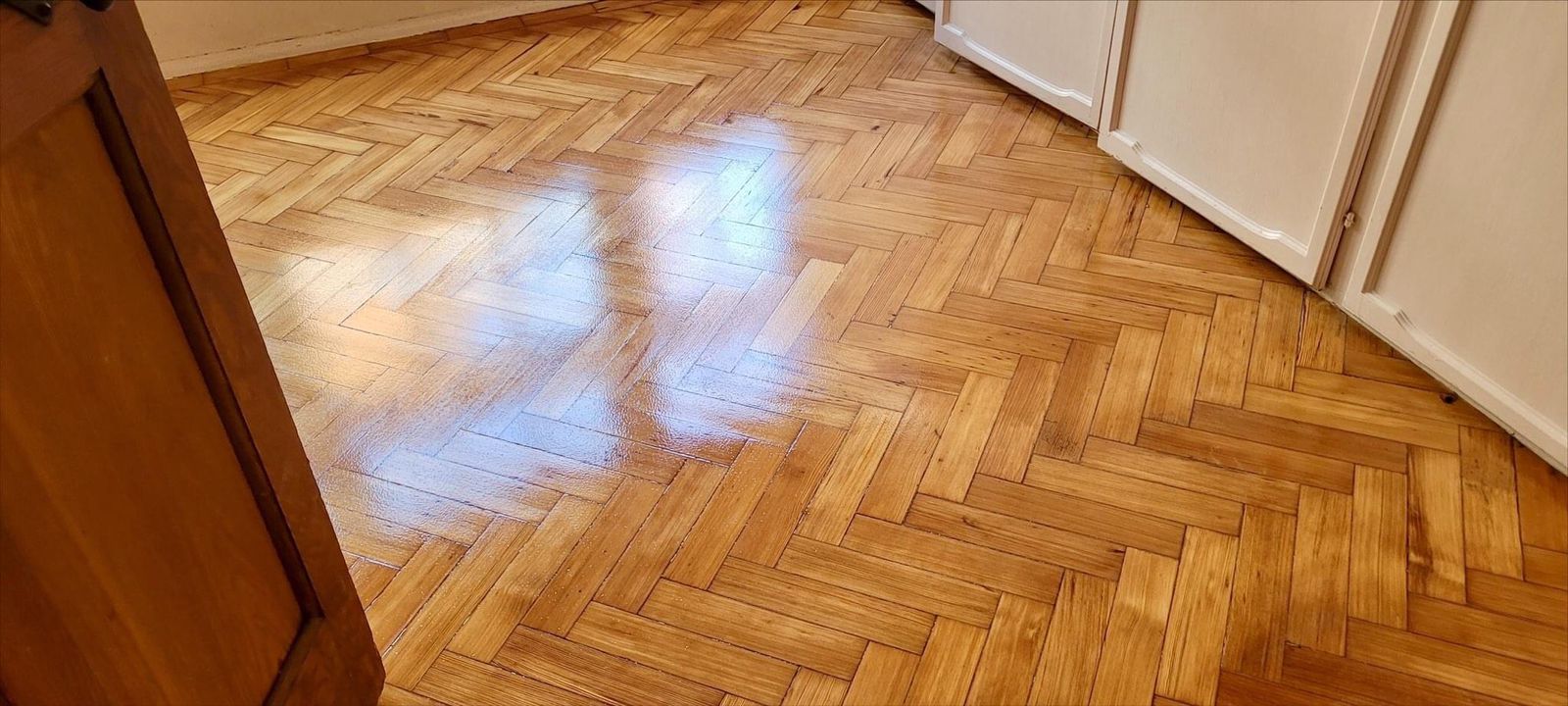
Navigating Through Brexit Challenges
In recent years, British homeowners have faced a confluence of challenges that have impacted their ability to maintain and upgrade their homes. From the economic uncertainties spurred by Brexit to the global inflation rates affecting material costs, and the overarching shadow of global turmoil, these obstacles have necessitated a strategic and resilient approach to home improvement. Despite these hurdles, the desire to create a comfortable and stylish living environment remains strong, leading homeowners to navigate these challenges with creativity and determination.

The Impact of Brexit on Home Renovation Projects
Brexit has had a multifaceted impact on home renovation projects in the UK. One of the most significant effects has been on the availability and cost of building materials, many of which were traditionally imported from the EU. With new trade barriers and tariffs, the cost of these materials has risen, impacting budgets for home improvement projects. Additionally, Brexit has affected the labour market, with a decrease in the availability of skilled tradespeople from the EU, leading to higher labour costs and longer waiting times for projects to be completed.
Inflation and the Cost of Home Improvement in the UK
Global inflation has compounded the financial challenges for British homeowners looking to renovate. The rising cost of goods and services has meant that budgets that were once sufficient for certain home improvement projects no longer stretch as far as they did. This has forced homeowners to prioritize essential renovations over cosmetic upgrades or to seek cost-effective alternatives that do not compromise on quality or aesthetic appeal. Floor sanding, for instance, emerges as a popular choice in this context, offering a way to refresh interiors without the need for extensive expenditures.

Global Turmoil and Its Influence on Interior Design Trends
The unpredictability of global events, including economic downturns, health crises, and geopolitical tensions, has influenced interior design trends in British homes. There’s been a noticeable shift towards creating spaces that evoke a sense of comfort, safety, and tranquility—sanctuaries that serve as a refuge from the chaos of the outside world. This has seen a resurgence in the popularity of traditional and sustainable design elements, such as wooden floors, which offer both durability and timeless beauty.
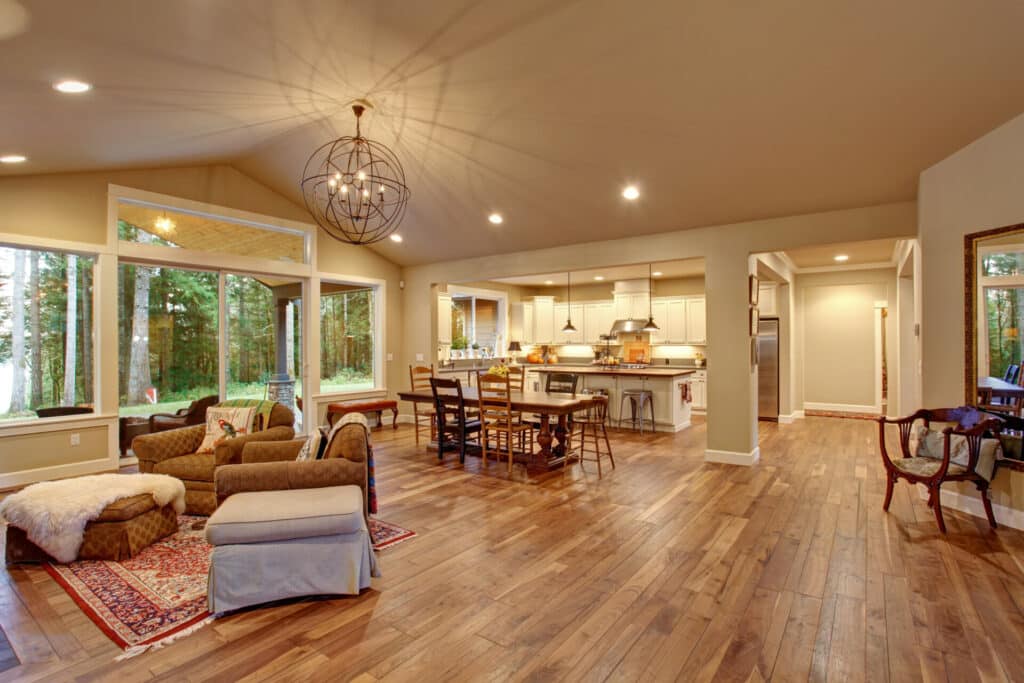
Strategies for Home Improvement in Challenging Times
In navigating these challenges, British homeowners have adopted several strategies to ensure their home improvement projects can proceed:
- Budgeting Wisely: Homeowners are becoming more diligent in planning and budgeting for renovations, accounting for potential cost fluctuations and prioritizing projects that add the most value.
- Seeking Alternatives: There’s an increased interest in alternative materials and DIY solutions that can reduce costs without sacrificing quality.
- Emphasizing Sustainability: Sustainable and eco-friendly renovations are gaining traction, not only for their environmental benefits but also for their long-term cost savings.
- Focusing on Value-Adding Improvements: Projects that enhance the home’s functionality and aesthetic appeal, such as floor sanding, are prioritized, as they contribute to the property’s overall value.
Despite the challenges, the resilience and creativity of British homeowners shine through, demonstrating their commitment to maintaining the charm and comfort of their homes. By adapting to the circumstances and making informed decisions, they continue to enhance their living spaces, ensuring they remain both beautiful and functional amidst changing times.
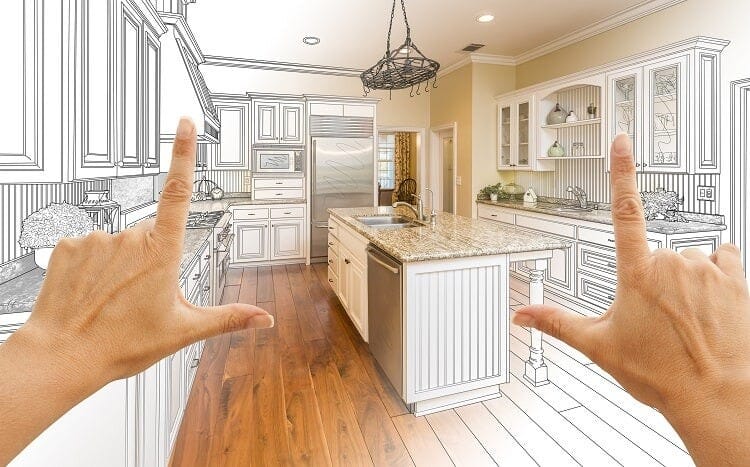
Embracing Cozy Comfort in Challenging Times
In recent years, the backdrop of challenges such as Brexit, inflation, and global turmoil has significantly impacted the way homeowners in the UK approach the concept of comfort within their homes. Amidst uncertainty and change, there has been a discernible shift towards creating living spaces that not only embody aesthetic appeal but also offer a sanctuary of warmth, security, and coziness. This movement towards embracing cozy comfort, particularly in challenging times, is a testament to the resilience and adaptability of British homeowners.
The Rise of the ‘Cozy Comfort’ Trend in British Homes
The trend of cozy comfort, often associated with the Danish concept of “hygge,” focuses on creating a sense of well-being and contentment through enjoying simple pleasures and making ordinary moments more meaningful. In British homes, this has translated into an emphasis on soft lighting, warm textures, and comfortable furnishings that invite relaxation and a sense of peace. The use of rich, warm colours, plush fabrics, and layered lighting are all elements that contribute to a cozy ambiance, turning homes into havens of comfort.
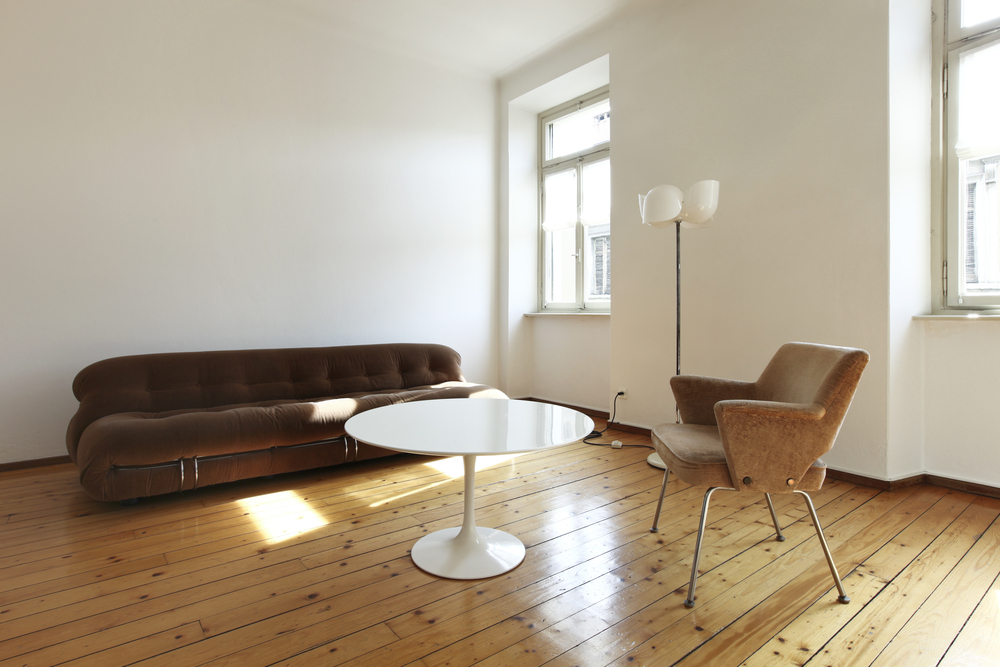
How Floor Sanding Contributes to Creating a Comfortable Ambience
Floor sanding plays a pivotal role in this quest for cozy comfort. By restoring the natural beauty and warmth of wooden floors, it sets the foundation for a home that feels grounded and inviting. The warmth of the wood enhances the overall aesthetic, creating a space that feels both elegant and welcoming. Additionally, the process of choosing finishes and treatments for the floors can be tailored to complement the cozy decor, with options like matte finishes offering a soft, understated elegance that enhances the comforting atmosphere.
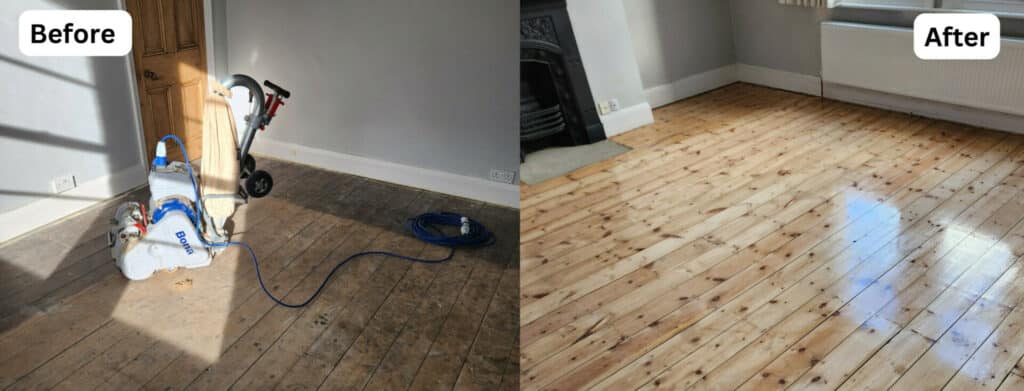
Adapting to Changing Times with Sustainable and DIY Approaches
In the face of economic challenges, homeowners have become more resourceful, exploring sustainable options and DIY projects to create comfortable living spaces without compromising on quality or aesthetic appeal. The focus on sustainability has seen a rise in the use of eco-friendly materials and practices in floor sanding and home renovation, reflecting a broader commitment to environmental responsibility and resilience.
DIY floor sanding, in particular, has emerged as a popular option for those looking to personalize their space while managing costs. The hands-on approach not only allows homeowners to directly influence the outcome of their projects but also provides a sense of accomplishment and personal connection to their space.
DIY vs Professional Floor Sanding: What to Consider
When it comes to transforming the floors of a British home from shabby to chic, homeowners are often faced with the decision of whether to undertake floor sanding as a DIY project or to hire a professional. This choice is significant, affecting not just the outcome of the floor’s appearance but also the project’s cost, duration, and overall success. Here are key factors to consider when deciding between DIY and professional floor sanding.
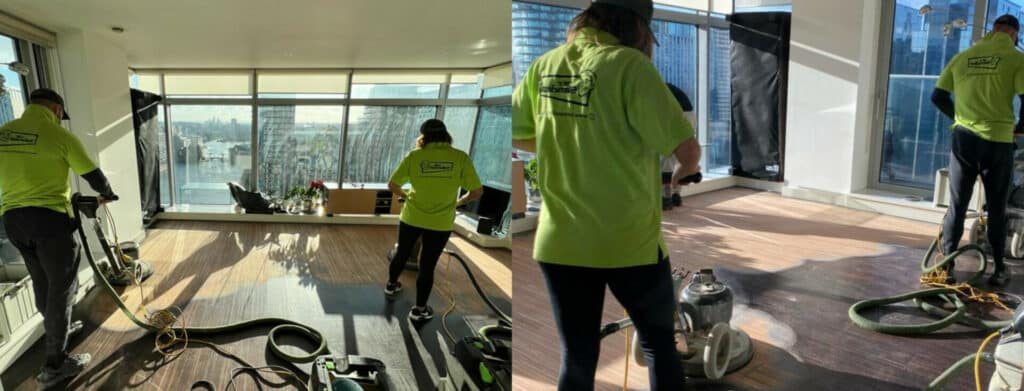
1. Skill Level and Experience
DIY: Floor sanding requires a certain level of skill and understanding of the process. It’s not just about operating the sanding equipment; it’s also about knowing the type of wood, the direction of the grain, and how to apply finishes properly. For those with a knack for DIY projects and a willingness to learn, taking on floor sanding can be a rewarding challenge.
Professional: Professionals bring years of experience and expertise. They can quickly assess the condition of the floors, identify any potential issues, and know exactly how to tackle them. Their skill level often guarantees a finish that might be hard to achieve for a first-time DIYer.
2. Time and Effort
DIY: Floor sanding is a time-consuming process that requires patience and effort. For those with busy schedules, finding the time to properly complete the project might be challenging. Additionally, the physical effort involved shouldn’t be underestimated.
Professional: Hiring professionals can significantly reduce the time your home is in disarray, as they can complete the job more quickly due to their experience and team size. This option is convenient for those looking to minimize disruption to their daily lives.
3. Cost
DIY: The primary motivation for taking on floor sanding as a DIY project is often to save money. While renting equipment and buying materials can be less expensive than hiring professionals, unexpected costs can arise, especially if mistakes occur.
Professional: While the initial outlay for professional floor sanding services is higher, the investment may prove cost-effective in the long run. Professionals can ensure the job is done right the first time, avoiding costly repairs or do-overs.
4. Quality and Longevity
DIY: While DIY projects can be successful, the risk of making mistakes that affect the floor’s appearance and longevity is higher for those without experience. Issues like uneven sanding, incorrect application of finishes, or even damage to the flooring can occur.
Professional: Professionals guarantee a certain level of quality and durability. Their expertise ensures that the floor is not only aesthetically pleasing but also properly protected and long-lasting.
5. Equipment and Safety
DIY: Floor sanding requires specific tools and safety equipment. While renting is an option, operating these tools without prior experience can be daunting and potentially hazardous.
Professional: Professionals come equipped with high-quality tools and know how to use them safely and efficiently. This not only ensures a better finish but also eliminates the risk of injury.
Deciding between DIY and professional floor sanding comes down to weighing the importance of cost savings against the value of time, effort, and quality of finish. For those with the time, interest, and willingness to learn, DIY floor sanding can be a rewarding project. However, for homeowners seeking convenience, efficiency, and a guaranteed high-quality finish, hiring professionals is often the best choice. Regardless of the route chosen, transforming the floors of a British home from shabby to chic through floor sanding is a sure way to enhance its charm and character.
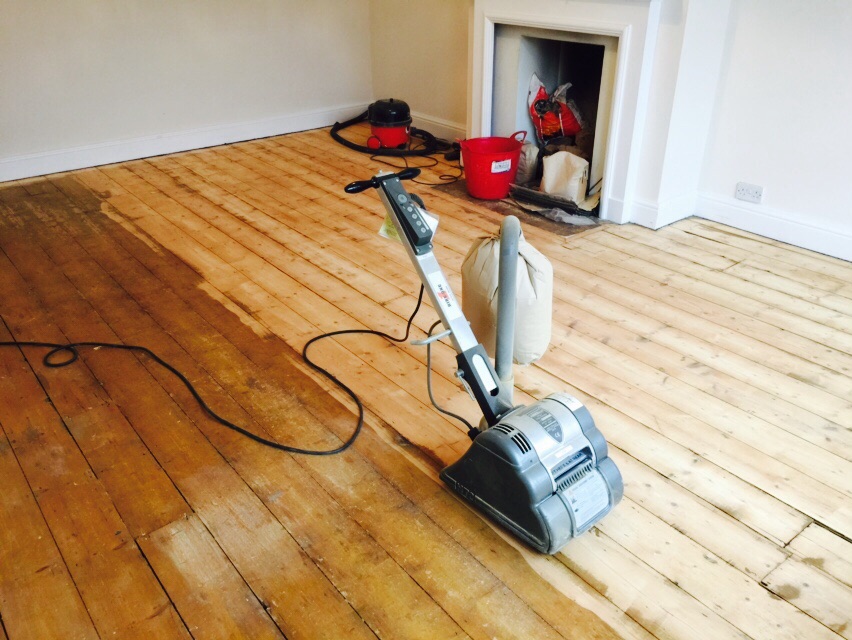
Sustainable Floor Sanding Practices
Sustainable floor sanding practices are increasingly important in today’s environmentally conscious world. As homeowners seek ways to renovate and maintain their homes in an eco-friendly manner, the focus on sustainable practices in floor sanding has grown. This approach not only contributes to the preservation of our environment but also ensures healthier living spaces. Here are key aspects of sustainable floor sanding practices:
1. Use of Eco-Friendly Materials
Sustainable Sealants and Finishes: Opting for natural oil or water-based finishes and sealants is a crucial aspect of sustainable floor sanding. These products contain lower levels of volatile organic compounds (VOCs), making them safer for both the environment and the home’s inhabitants. They also tend to have a smaller carbon footprint in their production and disposal processes.
Recycled or Reclaimed Wood: For floor repairs or when adding new sections, using recycled or reclaimed wood not only adds character and charm to the flooring but also reduces the demand for newly sourced timber, thus preserving forests and reducing waste.
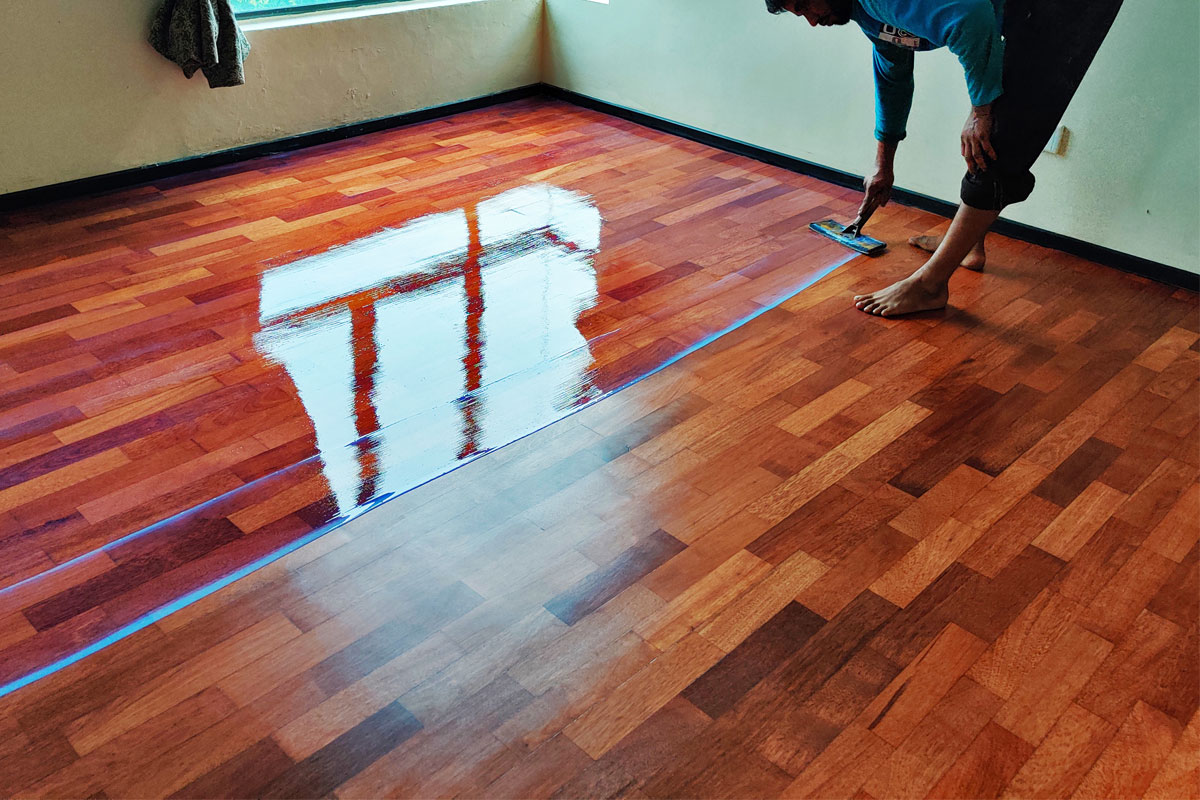
2. Dust Reduction Techniques
Advanced Sanding Equipment: Modern sanding machines are designed with dust containment systems that significantly reduce the amount of airborne dust produced during sanding. This not only minimizes the clean-up process but also improves air quality, making the process healthier for both the workers and the home’s residents.
Proper Ventilation and Clean-up: Ensuring good ventilation during and after sanding and using eco-friendly cleaning products for dust removal can further reduce environmental impact and enhance indoor air quality.
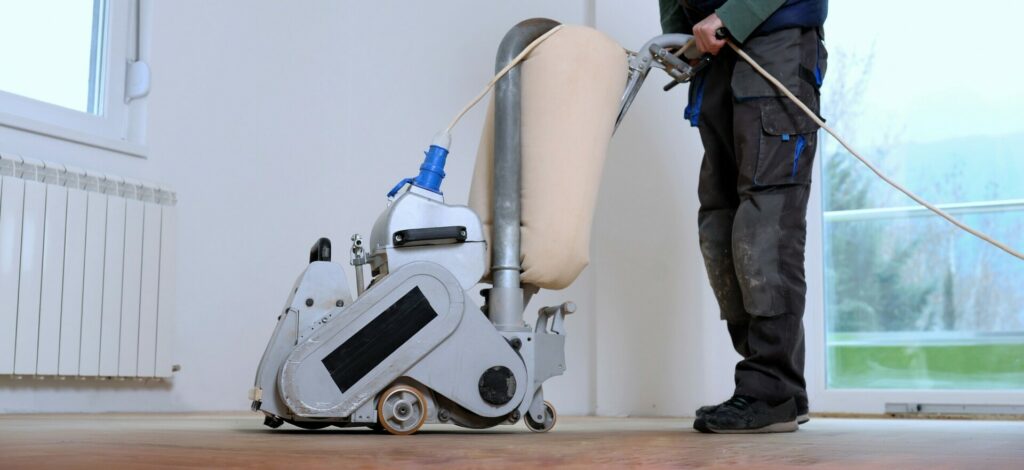
3. Energy Efficiency
Efficient Equipment: Using energy-efficient sanding equipment can lower the overall energy consumption of the project. Many modern sanders are designed to be more energy-efficient, without compromising on performance.
Optimizing Sanding Processes: Planning the sanding process to minimize waste and reduce the time required for sanding can also contribute to energy savings. This includes proper preparation of the floors and efficient sequencing of the sanding stages.
4. Sustainable Maintenance Practices
Long-term Floor Care: Encouraging sustainable maintenance practices, such as regular cleaning with eco-friendly products and avoiding harsh chemicals, can extend the life of the floors and reduce the need for frequent refinishing. This approach not only conserves resources but also ensures that the floors remain safe and healthy for the home’s occupants.
Repair Instead of Replace: Encouraging the repair of damaged sections of flooring, rather than complete replacement, can significantly reduce the environmental impact. This practice preserves the existing materials and reduces waste.

Future Trends: Floor Sanding and British Homes Post-Brexit
The future of floor sanding and home renovations in British homes post-Brexit is shaped by a confluence of factors, including regulatory changes, economic shifts, and evolving homeowner preferences. These elements together forecast a landscape where sustainability, technological innovation, and local sourcing are likely to dominate. Here’s an exploration of the potential trends in floor sanding and home renovations in the post-Brexit era.
1. Emphasis on Sustainability
The growing global commitment to environmental sustainability is mirrored in the home renovation industry, with an increased demand for eco-friendly materials and practices. Post-Brexit, this trend is expected to accelerate, as the UK seeks to establish its green credentials on the world stage. In floor sanding, this could mean a greater use of non-toxic, low-VOC finishes, and the adoption of sanding equipment that minimizes energy consumption and dust production. Homeowners may increasingly prefer sustainable wood sources, such as locally sourced or certified sustainable timber, aligning with broader environmental goals.
2. Innovation in Sanding Technology
Technological advancements are set to revolutionize the floor sanding process, making it quicker, cleaner, and more efficient. Innovations could include more sophisticated dust extraction systems, reducing the health risks associated with airborne particles, and sanding equipment that adapts to different floor conditions for optimal results. Additionally, the development of durable, eco-friendly finishes that are easier to apply and maintain will likely gain traction, enhancing both the aesthetics and longevity of wooden floors.
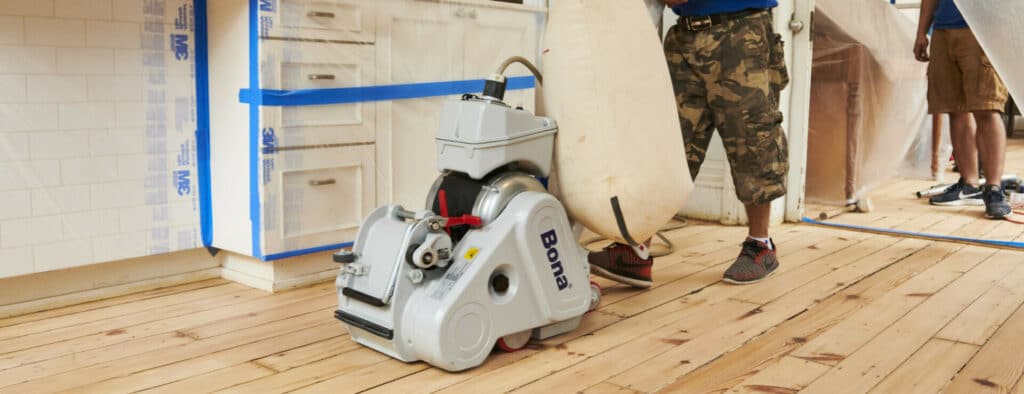
3. Increased Self-Sufficiency and Local Sourcing
Post-Brexit trade challenges might encourage a shift towards greater self-sufficiency within the UK’s home renovation industry. This could manifest in an increased reliance on locally sourced materials and a boost to local economies as homeowners seek to minimize the environmental impact and costs associated with importing goods. For floor sanding, this means a preference for British-grown timber and locally produced sanding materials and finishes.
4. DIY and Professional Synergy
The DIY trend has seen significant growth, fueled by a combination of economic factors and a desire for personalization in home improvement projects. Post-Brexit, this trend is likely to continue, with homeowners taking on more of the work themselves, particularly in the initial stages of floor sanding. However, there will still be a strong market for professional services, especially for complex projects or finishing touches that require a high level of expertise. The future may see more collaboration between DIY enthusiasts and professionals, with services offering consultation, training, or partial DIY options.
5. Regulatory and Economic Adjustments
Regulatory changes post-Brexit may introduce new standards for materials, environmental practices, and worker safety in the home renovation industry. These changes could influence the cost and availability of materials and services, prompting both homeowners and professionals to adapt their practices accordingly. Economic fluctuations will also play a role, potentially affecting homeowners’ budgets and priorities for home improvement projects, including floor sanding.
6. Focus on Health and Well-being
The increased awareness of health and well-being, partly accelerated by global health concerns, is influencing home renovation choices. Floor sanding and finishing materials that contribute to healthier indoor air quality and are less harmful to the environment will be in higher demand. This aligns with a broader trend towards creating homes that support the well-being of their occupants, with natural, breathable materials taking precedence.
As British homes adapt to the post-Brexit landscape, the floor sanding and home renovation industries are poised to evolve, reflecting changes in economic conditions, environmental awareness, and homeowner preferences. These trends indicate a future where sustainability, innovation, and adaptability are key, ensuring that the charm and character of British homes are preserved and enhanced for generations to come.
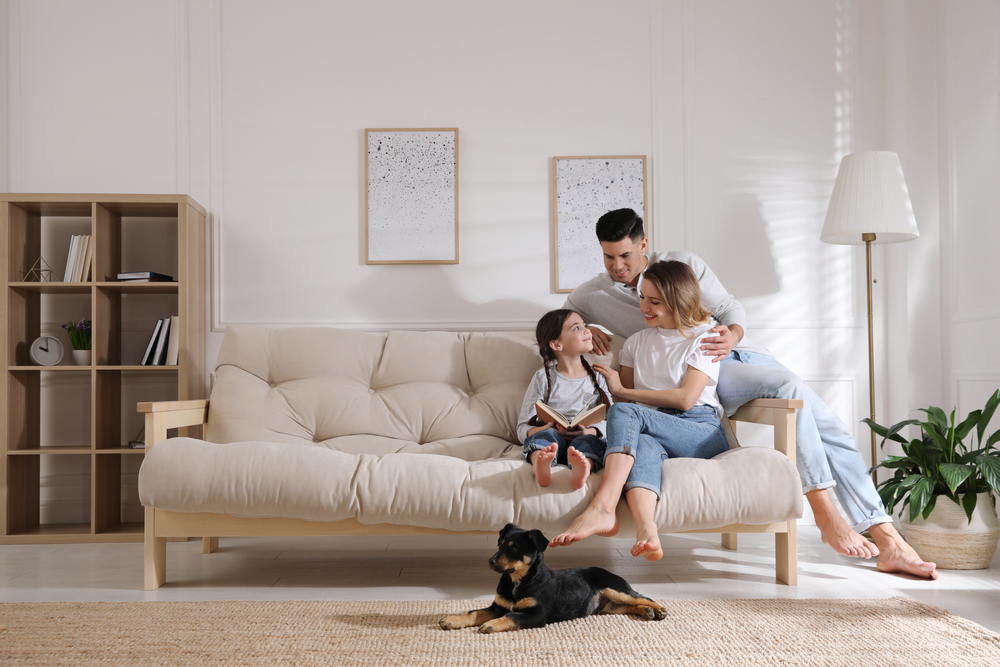
Final Thoughts
As we draw the curtains on our exploration of rejuvenating British homes through the art of floor sanding amidst the backdrop of Brexit, inflation, and global unrest, it’s clear that the spirit of resilience and the quest for comfort are more than mere trends; they are a testament to the enduring character of British homeownership. The journey from shabby to chic through the meticulous care of wooden floors not only reveals the hidden beauty and potential within our homes but also reflects a broader narrative of adaptation and perseverance.
In challenging times, the home becomes more than a shelter; it transforms into a bastion of comfort and a reflection of personal resilience. The act of floor sanding, with its capacity to restore and renew, stands as a metaphor for our own ability to adapt and thrive, turning the ordinary into something extraordinary. This process, steeped in both tradition and innovation, highlights a commitment to sustainable practices, a celebration of craftsmanship, and a deep-seated desire to create spaces that welcome, comfort, and inspire.
As we move forward, let the polished floors of our homes remind us of our capacity for renewal and the importance of preserving the charm and character that define British homes. In every grain of wood lies a story of past challenges, present endeavours, and future hopes. “From Shabby to Chic” is more than just a narrative about floor sanding; it’s an invitation to view our homes as living embodiments of history, resilience, and the enduring pursuit of beauty and comfort in the face of adversity.
Sanding
We provide virtually dust-free sanding with our continuous belt machinery with mobile extraction units, giving you a safer environment for your family.
Oiling
This organic finish not only adds beauty to your home but also has exceptional water-repellent characteristics, making it easier to clean and maintain.
Waxing
This natural floor finish offers the softest and most mellow appearance – and leaves your floor able to breath.
Buffing
Using soft buffing machines (and hand-polishing where required) will bring a wonderful sheen to your newly-finished floor.
Repairs
We offer a full assessment of your wooden floors to determine what repairs are needed to provide the perfect working surface for the later stages of sanding, staining and sealing.
Restoration
We offer a comprehensive restoration process designed to address floors that are improperly fitted or damaged over time through wear and tear.
Request a fixed price quote for your wood floor restoration now
Simply enter your postcode below to get started.
Services
Wood Floor Sanding Wood Floor Restoration Wood Floor Scratch Repair Squeaky Wood Floor Repair Parquet Floor Sanding Parquet Floor Restoration Commercial Floor Sanding Church Floor Sanding Community Centre Floor Sanding School Floor Sanding Gap Filling Gap Filling with ResinCopyright © Mr Sander®
Privacy & Cookies Terms & Conditions Complaints Procedure Cancellation Rights Sitemap